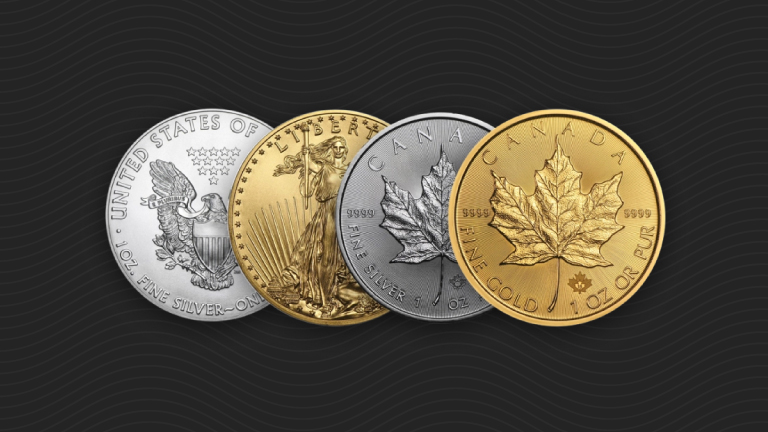Arab Autocracies and US Inflation
Michael Pento’s Market Commentary
Civil revolt is currently spreading across the Arab world. What began in Tunisia has now metastasized into Bahrain, Egypt and Libya. Though two dictators have been ousted, the chances that these regimes will fundamentally transform from autocracy to a system of free markets and property rights are also up in the air. An important question is whether or not Saudi Arabia will eventually get into the mix; and, if so, whether the current struggle in Libya would morph into a proxy war between Saudi Arabia (Sunni Muslims) and Iran (Shiite Muslims). It remains to be seen whether the new regime in Egypt—whatever form it ends up taking – will allow Iran to use the Suez Canal to parade warships across the Mediterranean Sea and into Syria. If so, what would Israel’s reaction to such a perceived provocation be?
There are many unknowns, but what is known is that the turmoil has had an immediate and significant impact on the price of oil. WTI is now trading just below $100 a barrel and Brent Crude is already well above the century mark. If the unrest does indeed spread to Saudi Arabia – which produces 12 million barrels of oil per day and is the second largest producer in the world – mainstream analysts have made some wild predictions about how high the oil price could reach. Rising energy prices will further cripple the third world, which has already been placed under extreme pressure from skyrocketing food costs.
The United Nations announced in early February that global food prices were at an all-time high. The USDA indicated this week that 2011 corn inventories will be the lowest since 1974. Despite the fact that farmers have boosted the output of wheat, rice, and feed grain by 16% since 2000, demand has outstripped supply by 4 percentage points. Corn is up 95% and wheat has increased 70% since their year-ago levels. Overall, global food costs have jumped by 25% YoY since January 2009.
It is evident that global consumers continue to get pummeled by rising food and energy prices. Meanwhile, in addition to coping with rising inflation rates, the US consumer is also being hurt by the continued contraction in the price of houses – which are typically their primary assets. S&P/Case-Shiller indicated on Tuesday that their National Index dropped 4.1% from Q4 2009 thru Q4 2010. Home values have now dropped for 6 consecutive quarters and clearly indicate the real estate sector is suffering a double dip. The ramifications of all the above data are foreboding for US GDP growth. Most importantly, anemic economic growth will worsen our debt-to-GDP ratio and thereby place further pressure on our already damaged balance sheet.
The Fed’s reaction will be as predictable as ever.
We already know that Chairman Bernanke exculpates the Fed for any blame in creating inflation either domestically or abroad. In fact, he refuses to even consider rising food and energy prices in his definition of inflation. Americans could be paying $50/pound for ground beef, but as long as their houses are still losing value, Bernanke doesn’t see an inflation problem. Meanwhile, they’re eating squirrel for protein while making payments on a mortgage twice as expensive as the house.
The truth is that Bernanke doesn’t know what causes inflation, so he can’t be expected to spot it, much less do something about it. Using the Fed’s own history as a guide, Bernanke will view rising commodity prices as a threat to GDP growth and a sign of pending deflation. That’s because the Fed is caught up in a ‘Phillips curve’ philosophy that only equates economic growth and prosperity with inflation. In short, Bernanke believes that slow growth and rising unemployment rates equate to deflation, despite plentiful contrary examples in history.
Since he believes rising commodity prices are deflationary and have nothing to do with his own loose monetary policy, the Fed is likely to expand its balance sheet to a greater degree. The fact that the Fed’s massive money printing effort is the progenitor of global food riots completely escapes him. As more damage is done, the Fed will use the resulting contraction in GDP to justify a third round of quantitative easing – further harming the GDP.
Unfortunately, the vicious cycle of stagflation will grow more acute with each iteration of the Fed’s love affair with counterfeiting. Countries that make the mistake of continuing to peg their currencies to the US dollar will suffer more inflation and more destabilization. Since it will be hardest for the US to ditch the dollar, our hopes are dimmer.

